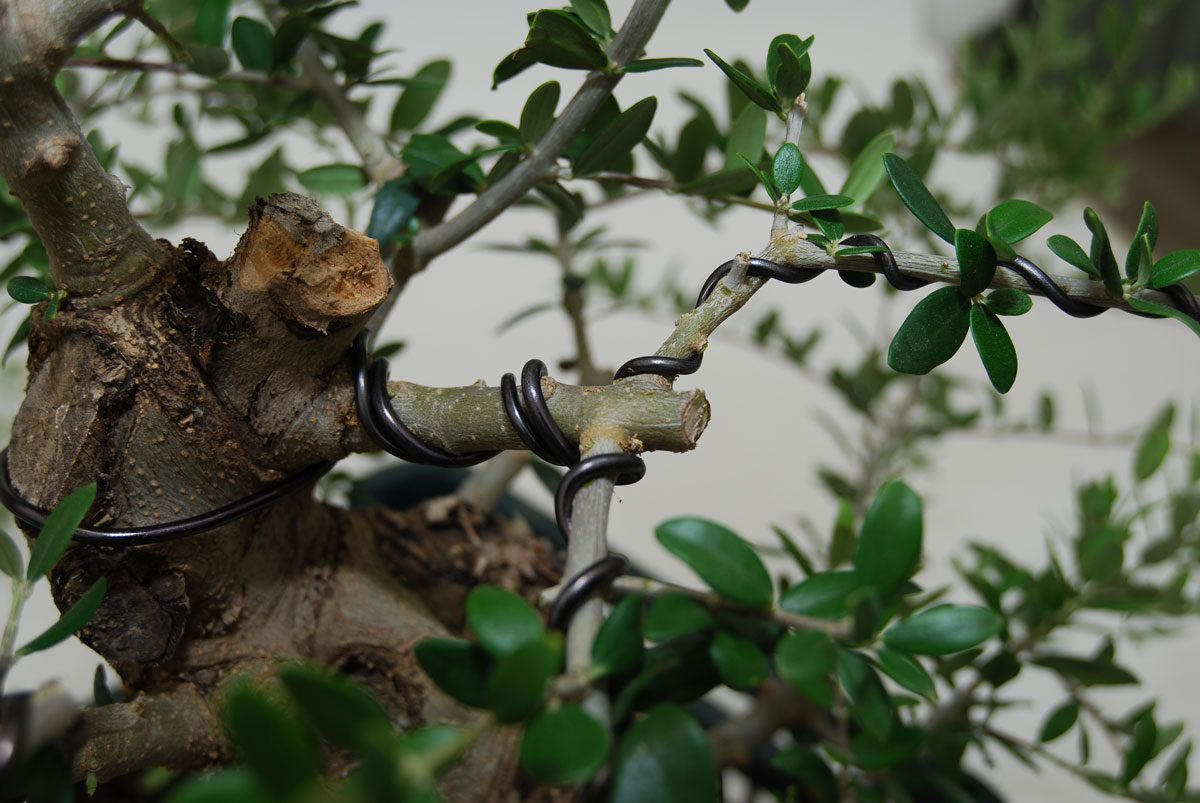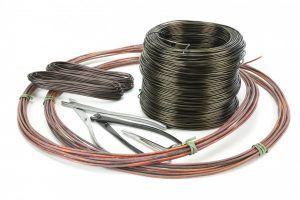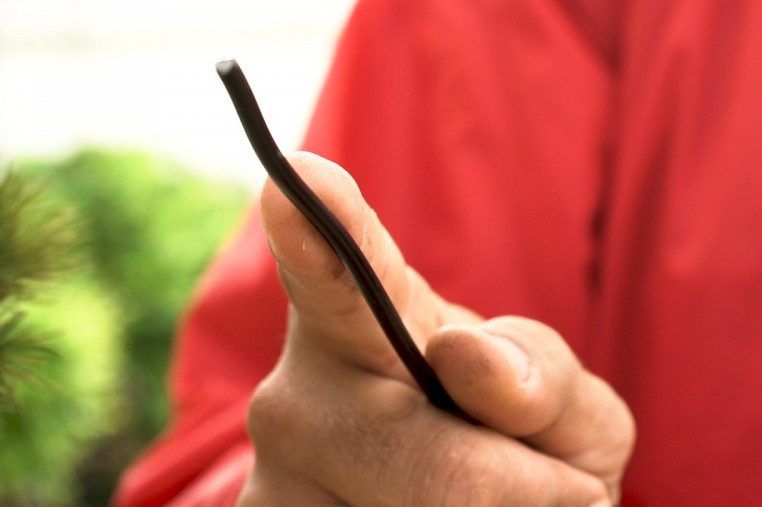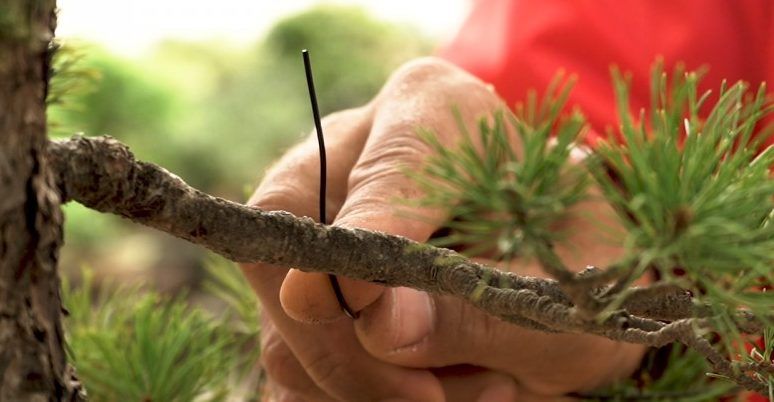Do you know how to select the right wire for your bonsai ?

Autumn has come, and with it the right time to apply one of the best techniques to design our tree: wiring. Although you can wire all year round, autumn is an ideal time, since the trees are still flexible and will even grow a little more, and all your deciduous trees will be leafless. So it is a good time to wire them. Wiring is a technique that I like very much, it relaxes me. When I met Master Kunio Kobayashi, he told me a sentence that seemed great to me.
“In bonsai, we erase with the scissors and draw with the wire.”
Today I will talk to you about something very important: How to select the thickness of your wire; Do I share my secret with you?
Copper wire vs Aluminium wire
Before that, I would like to remind you there are two types of wires: Aluminium wires and copper wires.
Aluminium wire is very malleable and does not lose this pliability with its exposure to the elements, so it is used in most bonsais. It can be silver or black, but both are the same.
Normally copper wires are used in conifers for several reasons. First, these trees have stronger growth in shorter periods of time. Therefore, when they grow they put more pressure on the wiring. Copper wire is very malleable, but once placed in your bonsai, the elements (sun, water, etc.) make the wire very hard and it loses its pliability. Therefore, when the growth of conifers explodes with that impressive force, the copper wire resists it perfectly and keeps the branches in their position. Also its colour resembles the colour of the trunk and goes more unnoticed.
The wire theory and an infallible technique
From the researches I conducted throughout my work in the world of bonsai, I have found several books and authors that suggest that the wire should be 1/3 of the thickness of the branch. Which means that, if the branch is 1 cm thick, the wire must be 33 millimeters thick. But this suggestion involves an important technical error; Assuming that all woods have the same hardness and elasticity. Which we know is not accurate.
You can have a 1 cm thick branch of a Durantha and of a Juniperus. Both are of the same thickness, but, they have neither the same hardness, nor the same elasticity. It is very likely that a less thick wire will serve you for the Juniperus (due to its flexibility) and a thicker wire for the Durantha.
But don’t worry, I have an infallible technique to avoid being mistaken when selecting the thickness of the wire.
It is a simple exercise:
1.-Take the wire and hold it in your hand as if it was a pencil.
2.- Press with the wire on the branch you want to bend. Here we can have two results:
a) When pressing on the branch with the wire, the latter bends and the branch stays still: the wire is too thin, and you should look for a thicker one.
b) On the contrary, the branch moves, and the wire does not: the thickness of the wire is appropriate.
With this simple technique you can select the appropriate wire thickness taking into account the hardness and elasticity of the branch you want to wire.
In bonsai, the simplest and easiest is always the right way. Try it and you’ll see.
Remember, “We erase with the scissors and draw with the wire”, then let’s draw …….
Until next time….
About the Author
Luis Alejandro Herrera
Spreading the art of bonsai is his passion. As a reference in the Latin American bonsai world, Luis studied and participated as an instructor for more than 15 years within the Venezuelan Bonsai Society. He had the opportunity to expand his knowledge with great masters from the world of bonsai like Pedro Morales, Nacho Marín; and within the European school with the Italian teacher Salvatore Liporace. He managed to be in the first place of the Caracas 2016 New Talents Contest and successfully completed the master class of the European School of Bonsai in Puerto Rico. During his career he has been a permanent instructor of the Venezuelan Society of Bonsai.
Categories
Bonsai cultivation and care (51)
Bonsai gift (2)
Bonsai pests and diseases (6)
Bonsai repotting (3)
bonsai substrates (2)
bonsai tools (1)
Bonsai work (9)
Ceramic pots (3)
Chinese culture (1)
Chinese culture (2)
Corporative Mistral Bonsai (8)
Cuidados del bonsái (19)
Cultivo del bonsái (19)
Dead wood (2)




